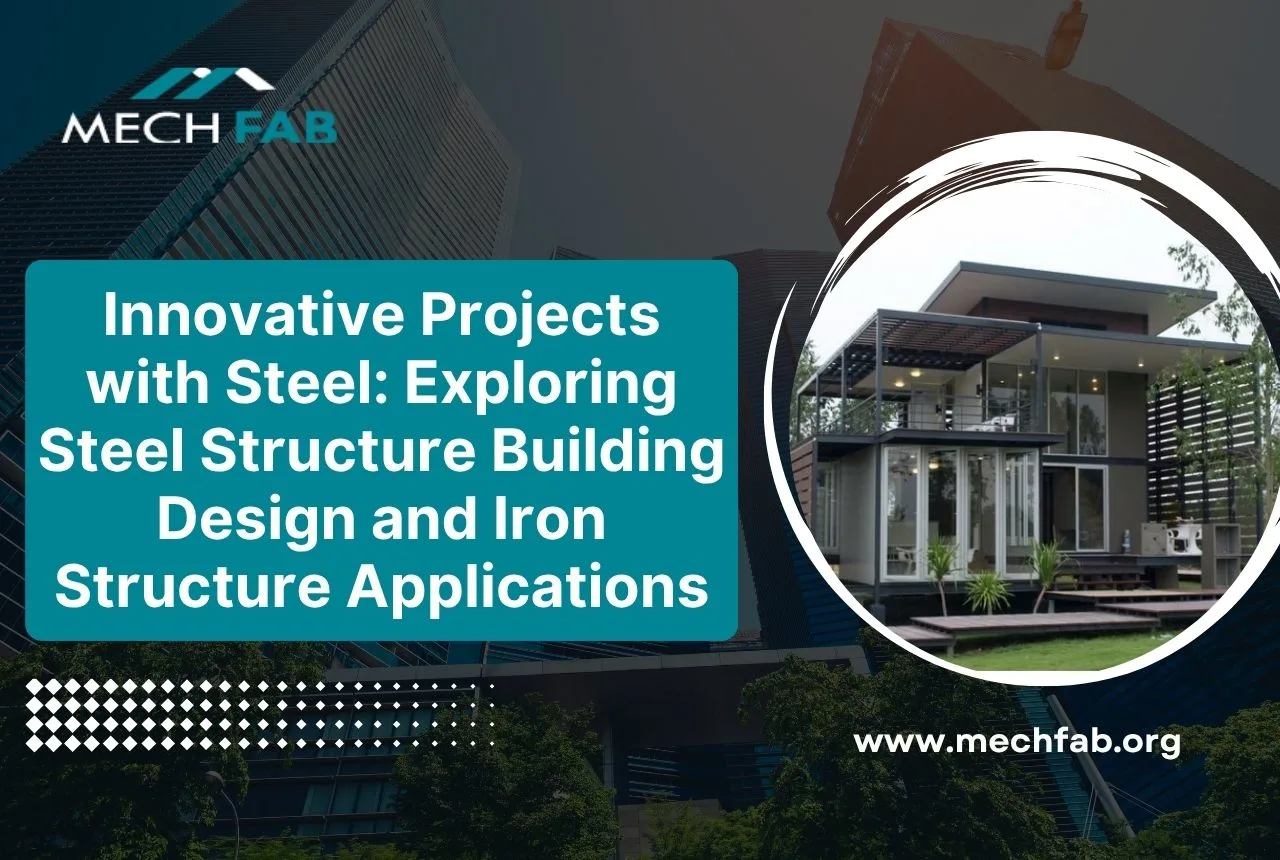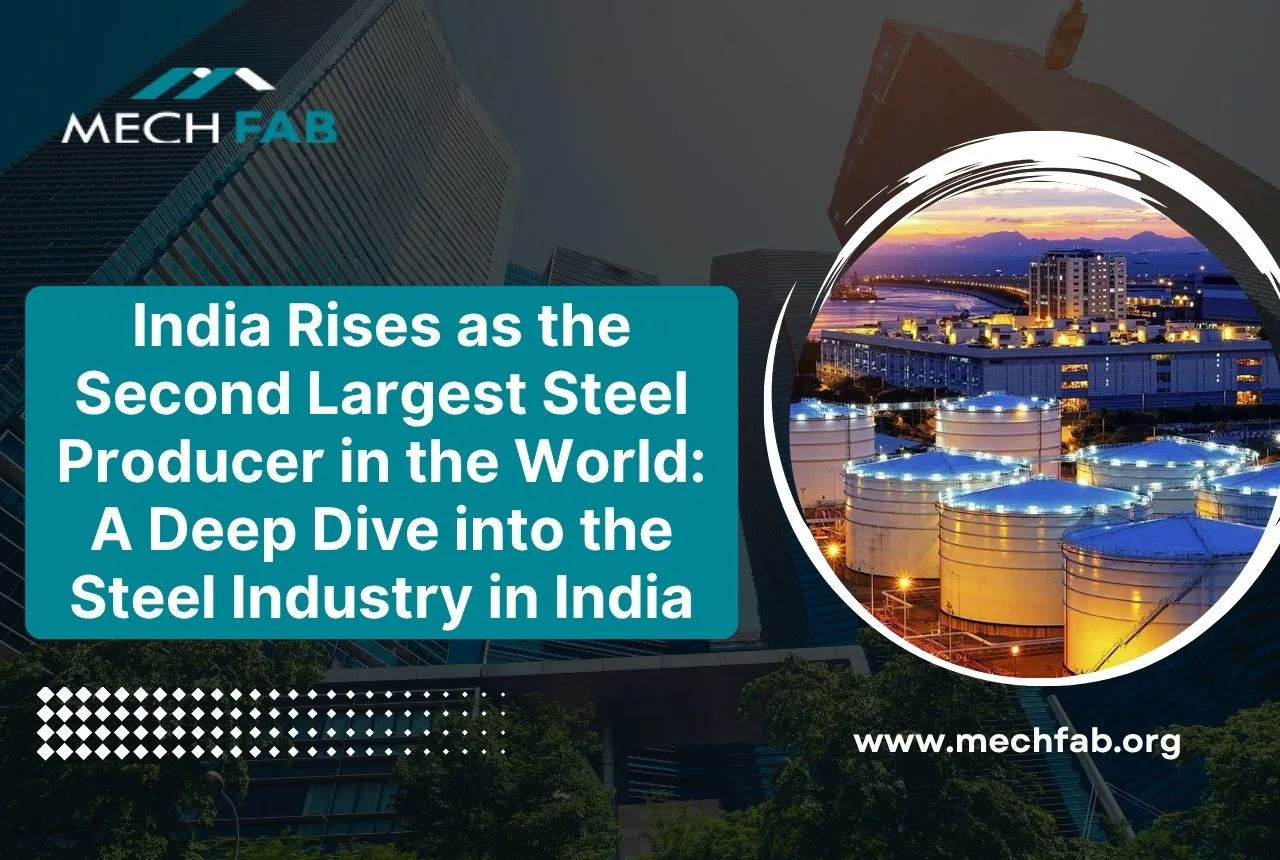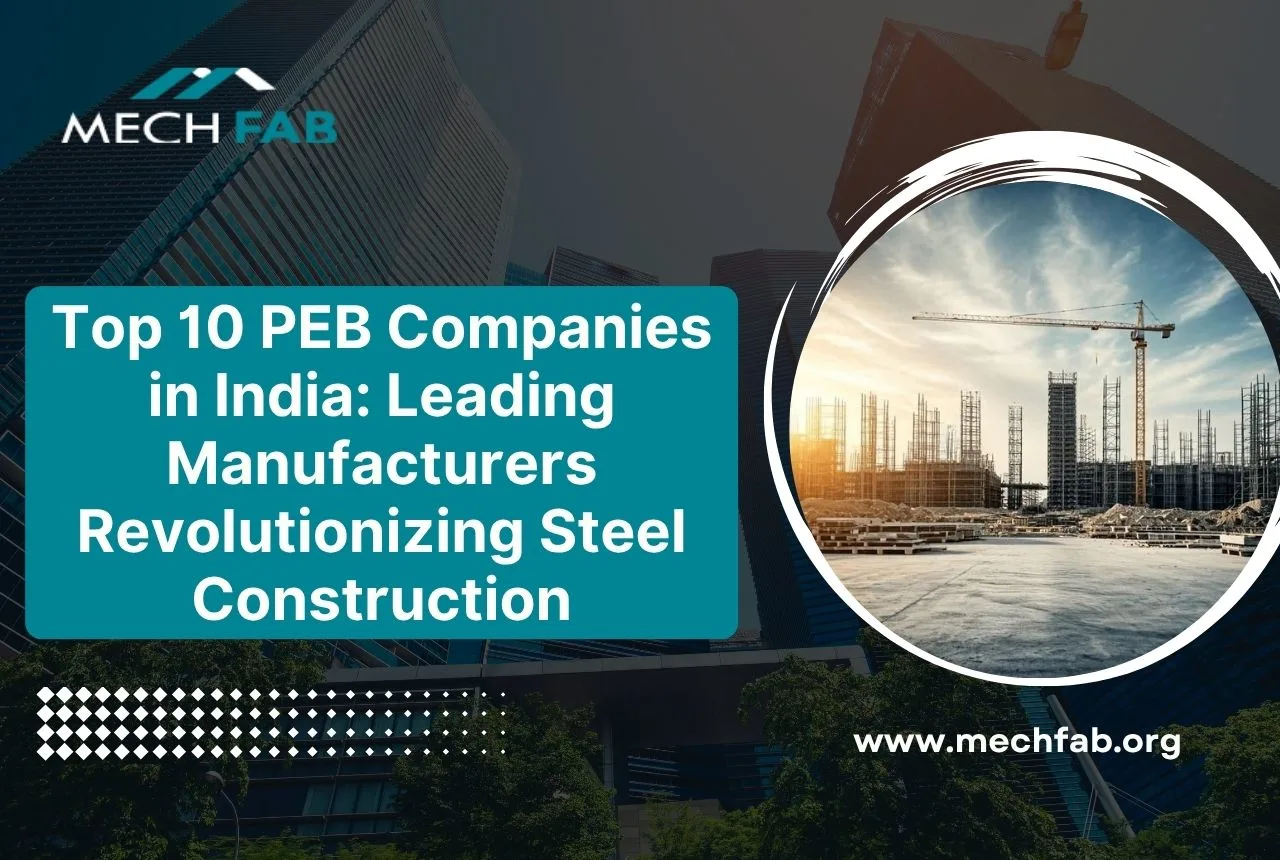Innovative technologies have changed the face of the earth tremendously. They dot every aspect of our lives and sectors of the economy. Hence, the construction industry is no exception. To mention one of the most significant changes in the construction industry, pre engineered building has made it excessively easy and efficient to construct sophisticated structures.
These ready-made structures not only pace-up the process of construction but also make the building stronger, seismic-proof, and long-lasting.
Main Benefits of a Pre Engineered Building
Pre-engineered buildings have become very famous lately. It owes its fame to its world of terrific benefits that make it a safe building system.
- Modern pre engineered buildings save a lot of time that is spent erecting the structure. Thus, it takes less time to be built than other conventional buildings.
- It also costs a lot less and is quite flexible.
- A major benefit of PEB structures is that they are highly durable.
- PEBs are also low maintenance and support the ease of construction.
Reasons that Make Pre-Engineered Buildings Safer in the Rainy Seasons
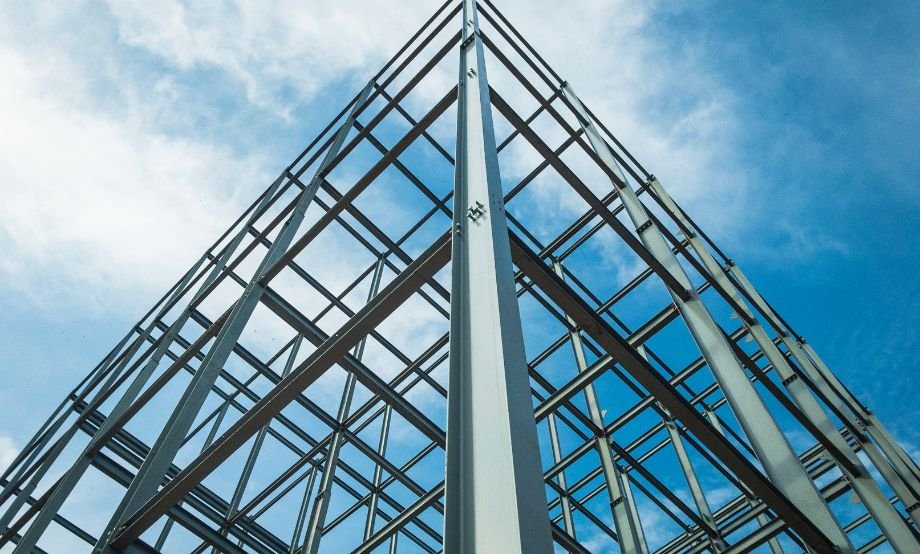
Waterproofing
PEB buildings facilitate building waterproof roofs with advanced techniques. This helps make the building quite efficient during the rainy season. It includes sealing joints and connections so that the rain water does not penetrate. Thus, properly designed roofs and exteriors can keep the interiors dry and cosy.
Robust Construction
PEBs are constructed with high quality steel and other weather-resistant materials that make it strong for every weather condition. They are engineered for durability to withstand heavy rain keeping the interior dry and clean. PEBs also exhibit superior precision in every component that further helps keep the building intact in different weather conditions.
Sloped Roofs
Most PEB structures feature a sloped roof that helps the rainwater run off. This design helps make the structure more resilient as the rainwater doesn’t pool on the roof that can lead to leaks and structural damage.
Foundational Strength
The foundation of a PEB is a crucial component of its stability in the rainy season. They are built with an adequate drainage system that prevents water logging and damage to the building’s foundation.
Design Flexibility
PEB structures can be customized to meet specific design requirements, including the ability to incorporate additional features such as overhangs, canopies, or covered walkways to provide extra protection from rain and keep the surrounding areas dry.
Rapid Construction
Since Pre engineered buildings are ready-made structures, they pace up the process of construction. This in turn helps avoid long exposure of the unfinished building to adverse weather conditions. Therefore, if you take up the construction of your house in the rainy season with pre-built buildings, you can finish it sooner than conventional buildings.
The Main Types of Pre-Engineered Building Constructed Today
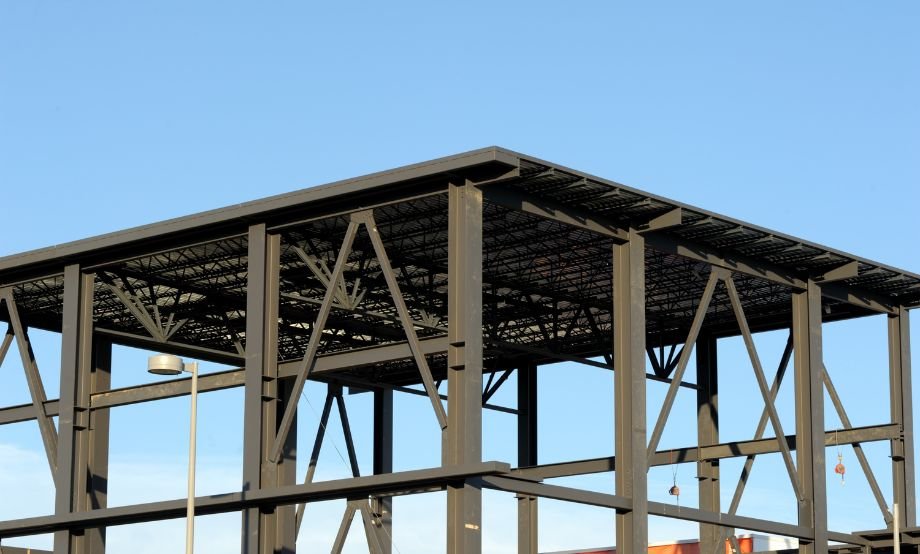
There are many types of pre-engineered buildings constructed across the world today. Here are some of the main types that you should know about.
- Industrial PEBs: These are the most common type of PEBs and are widely used in industries for manufacturing, warehousing, and distribution purposes. Industrial PEBs are designed to accommodate large open spaces, heavy machinery, and high ceiling heights.
- Commercial PEBs: These buildings are designed for commercial purposes, such as offices, retail outlets, showrooms, and shopping centers. They often incorporate attractive architectural elements and can be customized to meet the aesthetic requirements of businesses.
- Agricultural PEBs: These buildings are used for agricultural purposes, such as storing grains, livestock, farm equipment, and other agricultural products. They are designed to be spacious and easily accessible for farming operations.
- Aircraft Hangars: These PEBs are specifically designed for housing aircraft, including airplanes and helicopters. They have wide-span structures and high clearances to accommodate aircraft with ease.
- Institutional PEBs: Institutional PEBs are designed for educational institutions (schools, colleges, universities), healthcare facilities (hospitals, clinics), and government buildings. They are customized to provide functional spaces for classrooms, laboratories, medical facilities, and administrative offices.
- Green PEBs: With an increasing focus on sustainability, green PEBs incorporate eco-friendly materials and designs to reduce energy consumption and minimize the environmental impact. They may include features such as solar panels, rainwater harvesting, and energy-efficient insulation.
- Modular PEBs: Modular PEBs are prefabricated building units that can be assembled and disassembled easily. They are often used for temporary or relocatable structures, such as disaster relief housing and temporary offices.
These are just some of the common types of Pre-Engineered Buildings, and each type can be further customized to meet specific design, size, and functional requirements.
To Recap
It’s important to remember that pre engineered building can be made to be safer during the rainy season, but how well they work depends on how well they are planned, built, and kept up. To make sure PEB structures are safe and last a long time, it’s important to hire skilled professionals and use high-quality materials, especially in places where it rains a lot.
Also Read: How Pre Engineered Buildings Are Shaping the Construction Industry?


